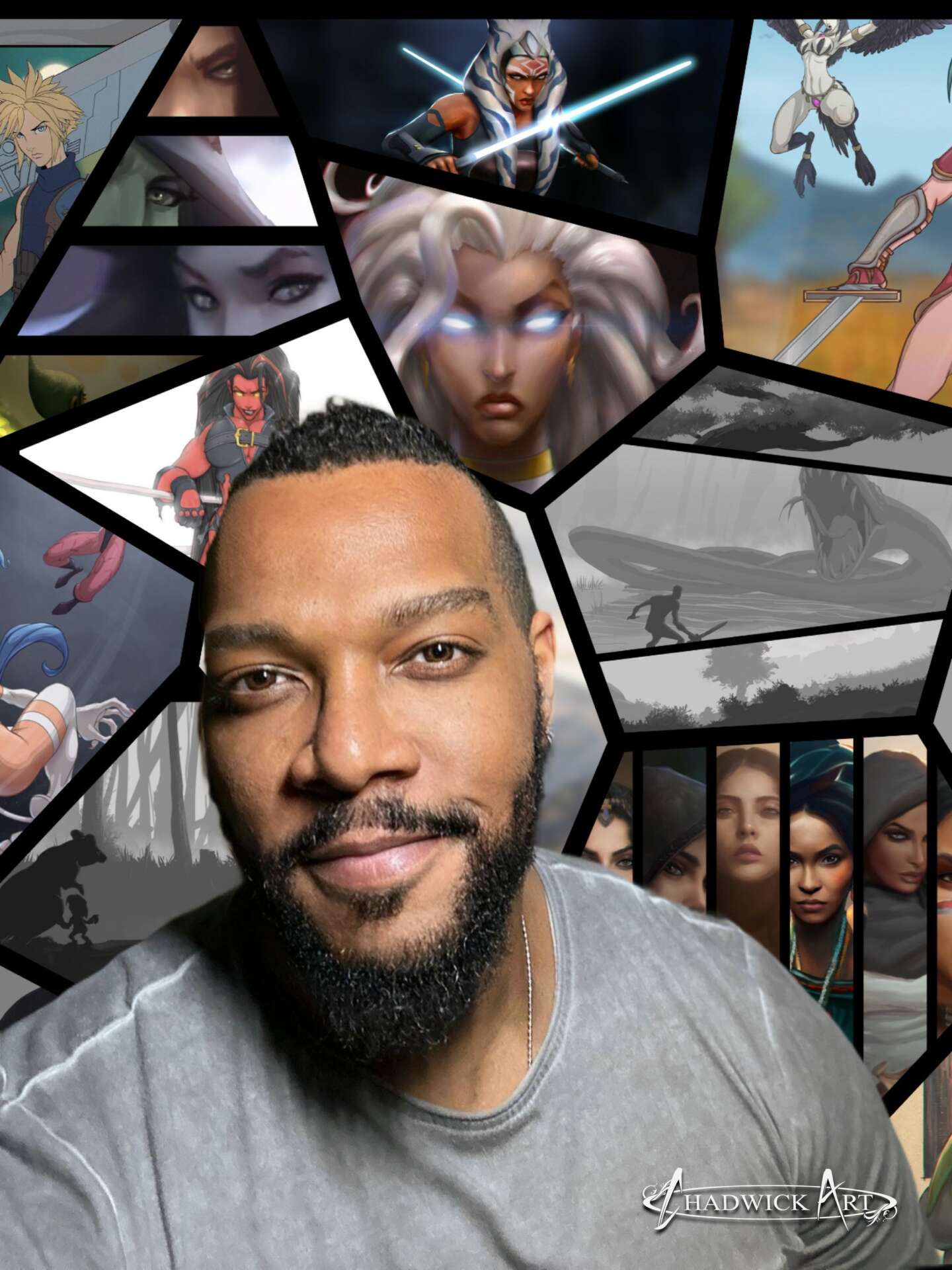Alright – so today we’ve got the honor of introducing you to Chadwick J. Coleman. We think you’ll enjoy our conversation, we’ve shared it below.
Chadwick J., thanks for taking the time to share your stories with us today We’d love to hear about when you first realized that you wanted to pursue a creative path professionally.
As far back as I can remember I’ve always loved creating. Even more than that, I love the feeling of being inspired. Something that fascinates me about creative individuals is how elusive the origin of their ideas can be. While they may be able to pinpoint a specific trigger that sparked their imagination, the process of translating that spark into a tangible creation is often difficult to articulate. It’s as if there’s a magical element to the creative process that defies easy explanation.
The thing I’ve come to know about myself as a creator is that I basically learned how to do any of the creative things I know how to do merely as a way to get the ideas that were in my head out, and into the world. Be it, drawing, writing, or music, etc.
I remember fondly being in the library of my elementary school, where I would sit and be completely taken away to these other worlds that existed in the illustrations and words of the storybooks I would read. Then later in Boy Scouts, we would go on these long road trips to whichever campsite we were supposed to go to and would play role-playing games on the way there. I remember being completely captivated by the drawings and designs for creatures and characters in those books… but adding to it the fact that you could create your own character from scratch and take them on an adventure. I would actually sometimes charge my friends to do drawn versions of the characters they had created in notes. Which was the first lightbulb.
In middle school, I started reading more comic books and would always make it a point to remember who the artists were of my favorite books, and would then initially buy books more based on the illustrations than the stories.
I played tons of video games, watched tons of Saturday Morning Cartoons and animated features from studios like Disney and Warner Bros. What you begin to realize is that rather than some grand mysterious entity or machine, these works of art are created by individual people that work for these studios.
So in between my first year of middle school and my second year I made the decision then to transfer from my zone middle school to an art magnet middle school. With all of that knowledge, I figured that it might be possible to earn a living creating art.
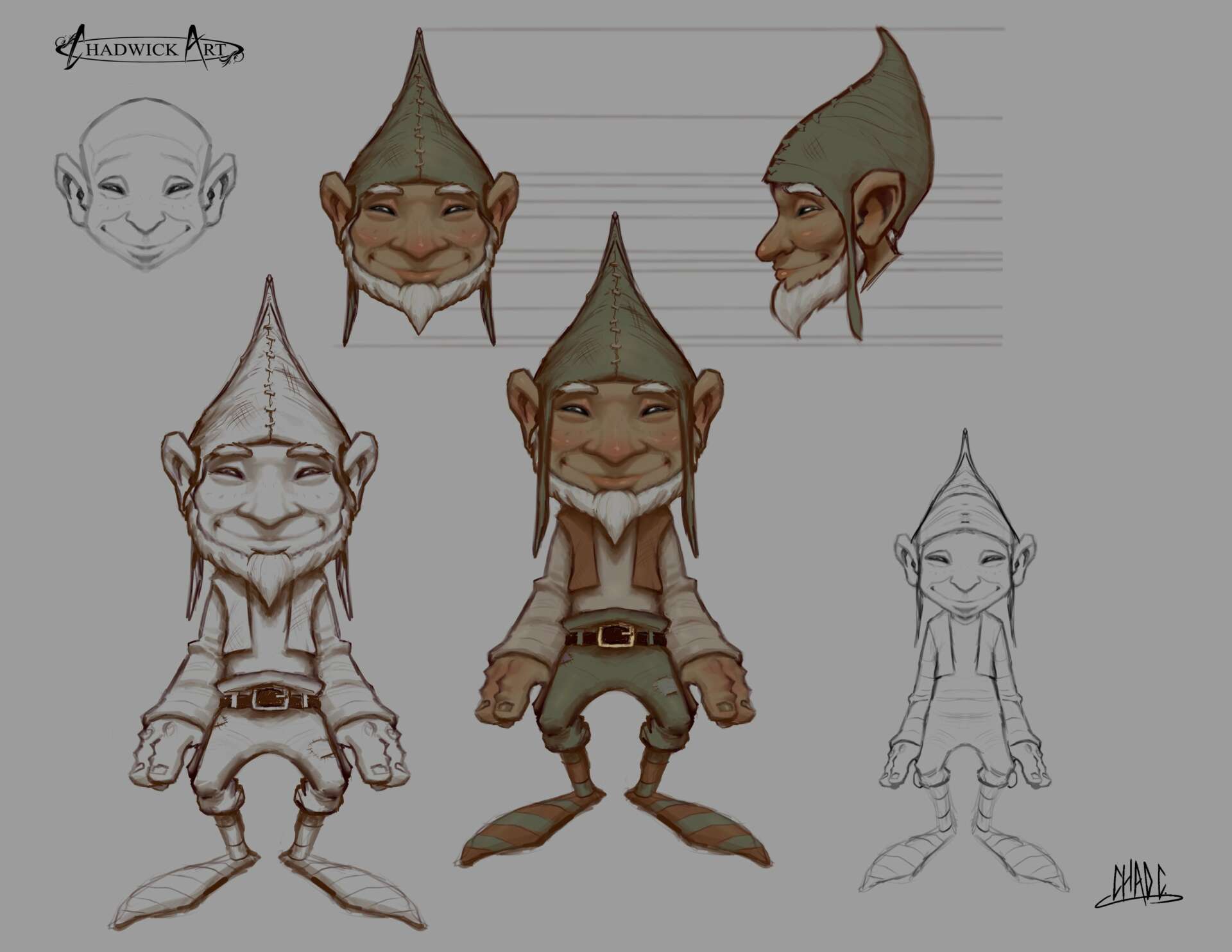
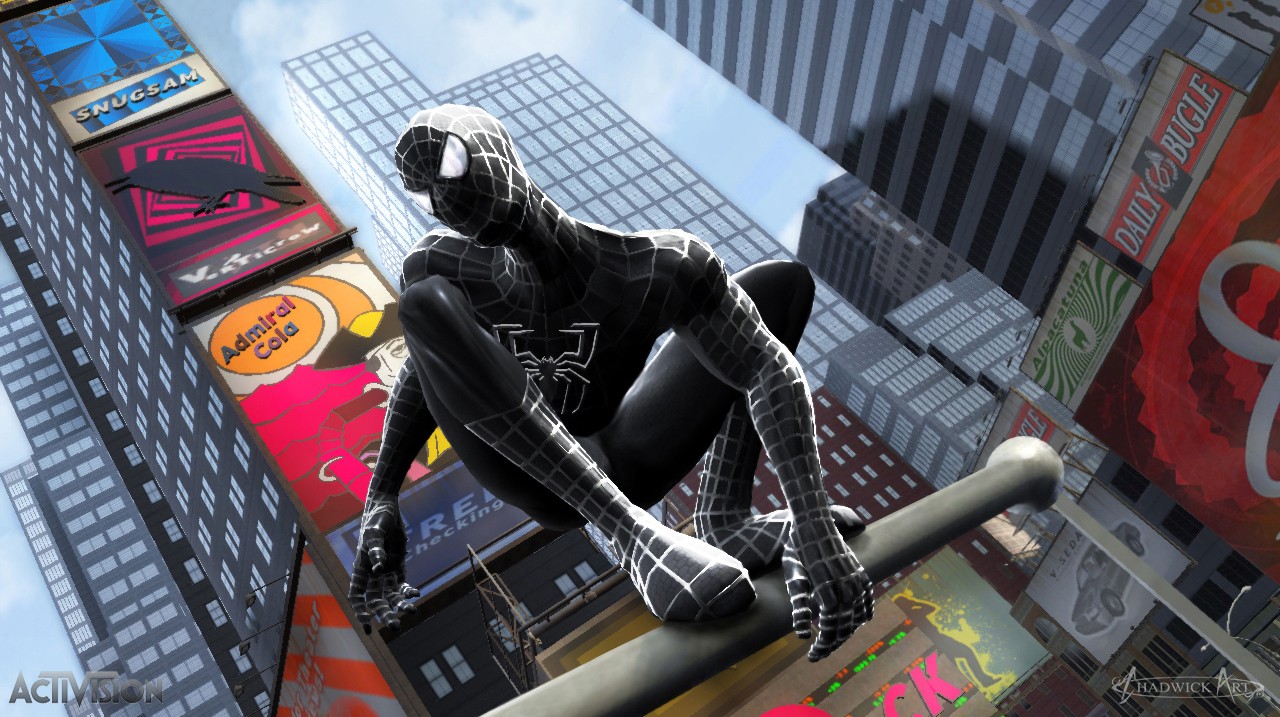
Great, appreciate you sharing that with us. Before we ask you to share more of your insights, can you take a moment to introduce yourself and how you got to where you are today to our readers.
My name is Chadwick J. Coleman, and much like the various influences I spoke of earlier, I’ve worked in many branches of the entertainment industry. It feels like it’s kind of a lot, but trust that it’s all relevant to understand where my head is, in terms of what I am attempting to accomplish currently. For a bit of history, I graduated from the High School for the Performing and Visual Arts in Houston Texas (a.k.a. HSPVA). A few other notables that also attended the school at the time were Beyoncé, Robert Glasper, and Brian Michael Cox, amongst many others. I later moved to New York and attended and graduated from The School of Visual Arts in Manhattan (a.k.a. SVA) with a Bachelors Degree in illustration and cartooning. One, amongst many, of my notable teachers at (SVA) was Carmine Infantino, a comic book artist and storyteller better known for having created the iconic red Silver Age costume for The Flash (which is still used today). There were many noteworthy words given to me by many of my teachers there, but the one that sticks out most to me, from him, was after I’d turned in one of my homework assignments, where he looked it over and plainly told me I had “it.“ This “it” being, that thing that other successful creatives have that allows them to do this job at a professional level. That still means a lot to me to this day.
While I was at (SVA) I also had the opportunity to do two internships during my closing years. One was at a video game company called Templar Studios, where I worked on the early Lego Bionicle 2K online games. The other was at a little known company called Marvel Comics (now known as Marvel Entertainment). From my prior statements you can understand why I might have loved both. My first actual job in high school was working at Six Flags: AstroWorld, as a face painter and doing caricatures freelance. So, understandably, this was definitely a step up from that for me.
Being able to gain an inside look at the inner workings of what it took to make comics and Video Games was crucial for me. Did I want to work in comic books or in video games? The answer was, yes. Note, this would become a common theme.
After graduation one of my friends hired me on to work freelance for a children’s book company called Grandreams, where I worked on illustrating puzzle and learning books for IPs like Arthur and Garfield. This was another good step in getting my feet wet, though my brain was still on which way to go as far as games and comics were concerned.
During a trip to visit one of my friends in Los Angeles another of my friends informed me of an opportunity to get a job as a QA (quality assurance) tester for THQ (former video game company now known as THQ/Nordic). I can’t exactly remember how everything transpired, but the short of it is that I ended up leaving New York and moving to Los Angeles, being that L.A. was/is basically THE hub for the entertainment industry.
From then it was off to the races. I tried everything from acting to stand-up comedy to music production, but I always felt that visual art was going to be my base of operations. I basically wanted to know how everything worked from the inside out, so game testing was a good step to get my foot in the door from a base level. I also did QA for Electronic Arts after THQ, but Activision and Treyarch were what I would consider my first major game art gigs within the industry, creating box art for everything from Spider-Man 3 and Marvel: Ultimate Alliance, to the Shrek: The 3rd video game. Just prior to that I had done freelance character designs for some Burger King and Fruit of the Loom commercials for a company called Rhino FX in New York, and toy design for a company called Maxx Marketing in Beverly Hills.
I’ve done storyboarding for McDonald’s, Doritos, and Budweiser commercials. I was a writer, artist, and colorist for a comic book company called Creative Impulse for many years where we attended comic conventions basically every year from 2005 to 2011.
I worked with a company called Reality Check creating interactive games and production/concept art and character design for everything from Wheel of Fortune to Epcot and Disney.
I’ve done production artwork and animation for tv shows from Ghost House Pictures, Starz, and The SyFy channel.
I’ve done character design and concept art for Spinmaster and 2Bit Circus; And after my most recent foray in game production for a virtual reality company called ‘Spaces,’ and illustration and painting work on a tabletop role-playing game called BloodRune, I felt like I wanted to take a little bit of a break from the industry and figure out what it is I really want to accomplish for myself.
The answer to that is, again, yes. Bits and pieces of all of those things, but with my own brand “ChadwickArt” as the umbrella.
Currently I am working on completing my website, Chadwickart.com, in addition to my e-commerce shop, also on the site. There, I’m creating products based on my personal artwork. The plan is to utilize funds acquired from the e-commerce shop sales to pay the bills while I continue to work on my personal comic book and illustration book projects, which I’ve been working on writing since I left college, but only now feel I’ve acquired enough artistic skill to illustrate them the way I’ve always wanted.
As I said, many of the things I do I only know how to do because they’ve helped me figure out how to create. So I think the versatility is something that helps me help my clients. Although, I feel like my greatest strength is being able to think outside the box when it comes to problem-solving. I’ve found that these days I tend to be brought into creative directing roles and meetings, often being paid to be a consultant, as opposed to merely an artist or a pencil for hire. Obviously this has much to do with my experience and the many hats I’ve worn within the industry over the years.
I also have a great love for medieval folklore and mythologies from across the world, but more specifically Greek, Roman, and Norse. So a lot of my personal artwork reflects this type of subject matter, with great influence from artists and storytellers like Brian Froud, Frank Frazetta, and Jim Henson. I’ve worked very hard to develop my own style, but also to acquire the skills necessary to paint and draw in many other styles; as you never know what the job will call for, and I never wanted to tell a client I didn’t possess the skill to do what they needed from me.
One of the accomplishments I’m most proud of was something that basically brought me full circle in working within the theme and amusement park industries. During my time at Reality Check Studios I was able to work on an interactive game installation at Epcot Center via my friend Dean Orion and a company known as PlayMotion. Around 2007–08 we helped create interactive games that could be played in groups by park goers waiting in line for the Soarin’ ride. There were about five 11 x 22‘ screens, each with sensors on top of them that would read the actions of the crowd in front of them. This allowed groups of people to play multiplayer motion controlled video games we’d created, alongside each other.
Getting to experience and watch others play the games we’d created (mostly kids) and hearing their cheers and laughter while playing gave me genuine joy. Most of that being from knowing that I was now able to help create in those individuals the same kind of joy I experienced, and that inspired me to do what I do now, when I was a kid.
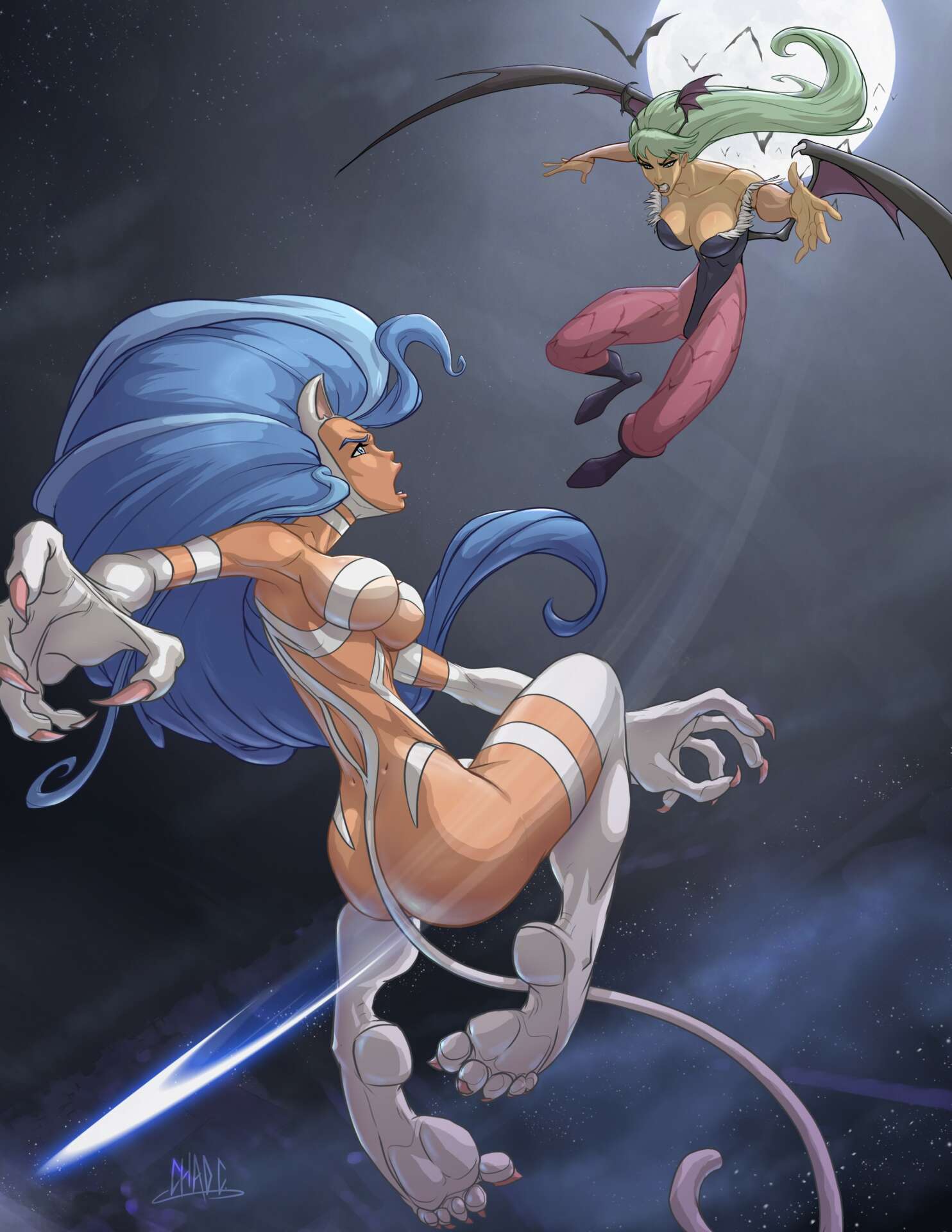
What can society do to ensure an environment that’s helpful to artists and creatives?
In my current opinion, one of the things I feel society can do to best support artists, creatives, and a thriving creative ecosystem, is to support all creatives financially, but also trust them to be the best choice to execute their craft.
For myself here, we’ve been discussing visual arts, but people tend to forget that artists and creatives also encompass most of their favorite roles in entertainment. Everyone from your favorite singer, to the director of your favorite film. The writers and actors in your favorite tv series or video game, to the photographer or cinematographer‘s in your favorite documentary. Set dressers, prop masters, music producers and musicians, etc. These are all creatives and artists, but they’re also humans who have to be able to eat and sleep and take care of their loved ones, just like anyone else, in order to best do their jobs for the things that you love.
We’re living in a time now where the topic of artificial intelligence being a replacement for creatives is prominent and actively affecting lives. At the same time that creatives fear losing their jobs to a.i., it’s also filling kids who might want to be future artists and creators with hopelessness and fear of not even having jobs available to them once they reach that point. This makes me very sad, but as someone whose very job it is to create creative solutions, I have a way of thinking about this that doesn’t add up to “higher-ups” and heads of companies thinking that they can also just replace artists.
Understand that it also took a creative brain to even devise the idea of artificial intelligence.
Just like a hammer, a.i. is a tool that can be used to help make progress move faster, but it is not a replacement for the carpenters themselves.
One of my favorite examples of why you pay someone their worth when it comes to executing their craft is the one about the invoice that states “Turning one screw costs $1. Knowing which screw to turn costs $9,999.”
That person spent time, energy, and their own money learning all of the ins and outs of their craft. So you’re paying them for that expertise.
Even Google is an early Web 2.0 form of a.i., but anyone who has ever used Google also knows that it’s not just about asking questions in order to get the answer you need, but instead knowing exactly what questions to ask.
Understand that a.i. can only learn from the information that’s being fed into it. Before a.i., everything written in a dictionary or thesaurus or the internet came from a human. Nine times out of ten that information is coming from a creative or scholar. Once you stop feeding it creativity, the information it spits back out will begin to become very bland, stale, and generic. Once people get tired of that, and they will, they’re going to want the creativity back. So just do us all a favor and don’t do away with it in the first place. Support your artists’ work and pay them what they’re worth.

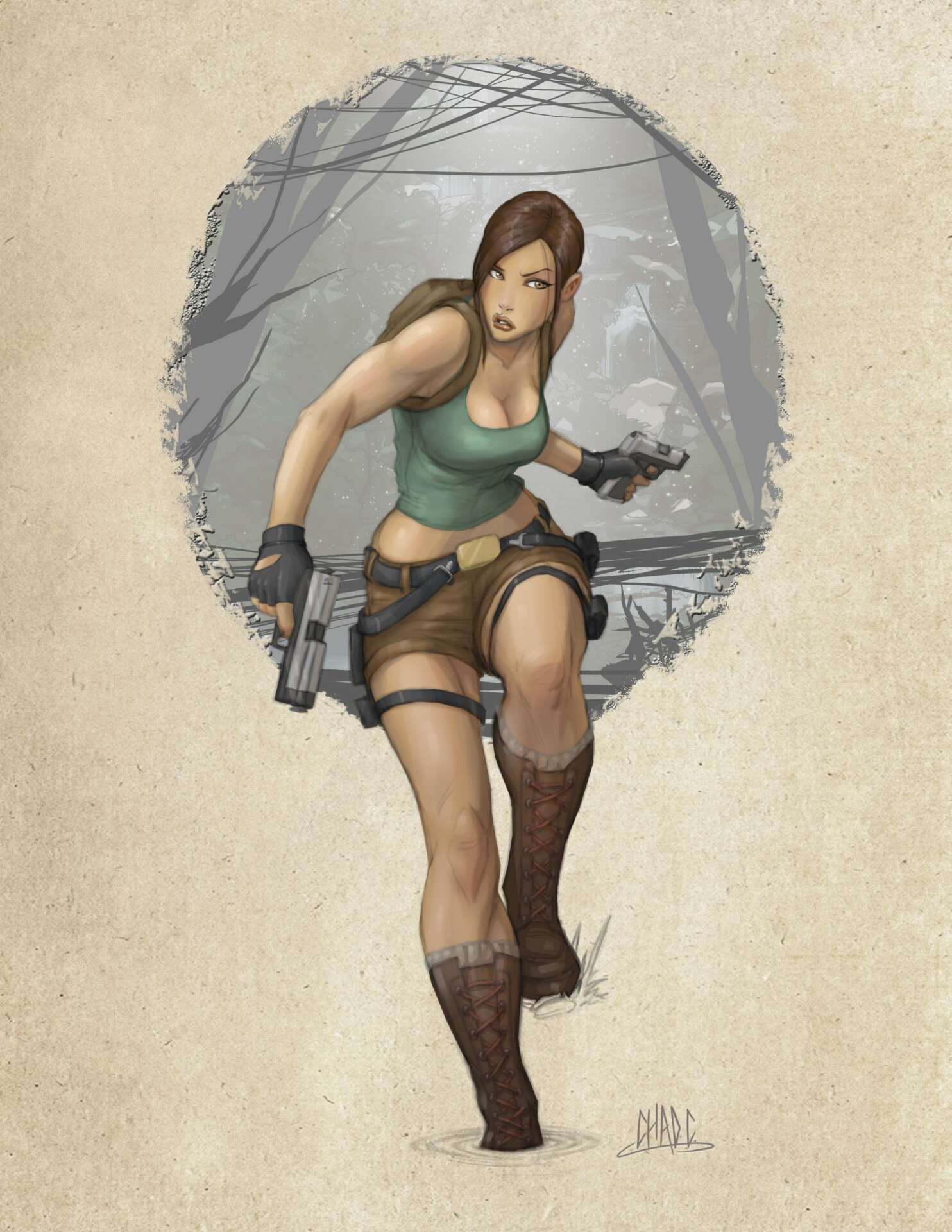
What’s a lesson you had to unlearn and what’s the backstory?
One lesson I had to reteach myself was that you don’t have to have a “job” in order to make money. You just have to learn how to make money. It’s a very important distinction to make.
What I mean by that is, in early school years we are trained to be good “workers,“ because that’s what this society wants us to be, but not necessarily individuals. This even goes back to Plato’s description of the ideal society in “The Republic.“ Even though the most “efficient” version of society is said to need to do away with “freethinkers“ it doesn’t necessarily account for the human need to be creative.
We’re not robots, and I personally don’t feel we are meant to spend our entire lives working without also enjoying living. The Baby Boomer Generation was basically trained to normalize working 40 or 50 years of their life, only to retire later in life and be allowed to enjoy their later years at that point… However, in your later years, it’s possible you may feel so fatigued or weary from having worked your entire life, it may impact your ability to even fully enjoy your retirement.”
Don’t get me wrong. The word “job” doesn’t necessarily always come with negative connotations, and there are many people who enjoy their jobs and find fulfillment in their work. However, for some individuals, it may have negative connotations because it can be associated with a lack of fulfillment in their personal goals, low pay, the sentiment of “the grind,” or a negative/toxic work environment. Additionally, some individuals may view “jobs” as temporary or unstable, in contrast to a long-term career path or goal.
My point is that, in today’s society, we live in the information/communication age, which allows for so many other options when it comes to earning income. As a freelance artist I have learned it’s entirely possible to earn money without necessarily having to have a “job.” There are some years where I might work on a project for one of my clients for six months or maybe even two months and earn enough in that time to facilitate having rent and the bills paid for the entire year. Which then allows me to take the next six to ten months to do whatever I want with my time, without having to ask an employer for time off. Some might worry that not having retirement funds taken out of their check each week or month as not accounting for retirement, but as long as you’re still paying taxes as a freelancer you’re paying into your own Social Security. Which equals retirement money. In this scenario, you’ll definitely have to alter your thinking in terms of being self sufficient/disciplined, and put in some work and save/invest to add to your retirement… But you don’t necessarily have to have a “job.”
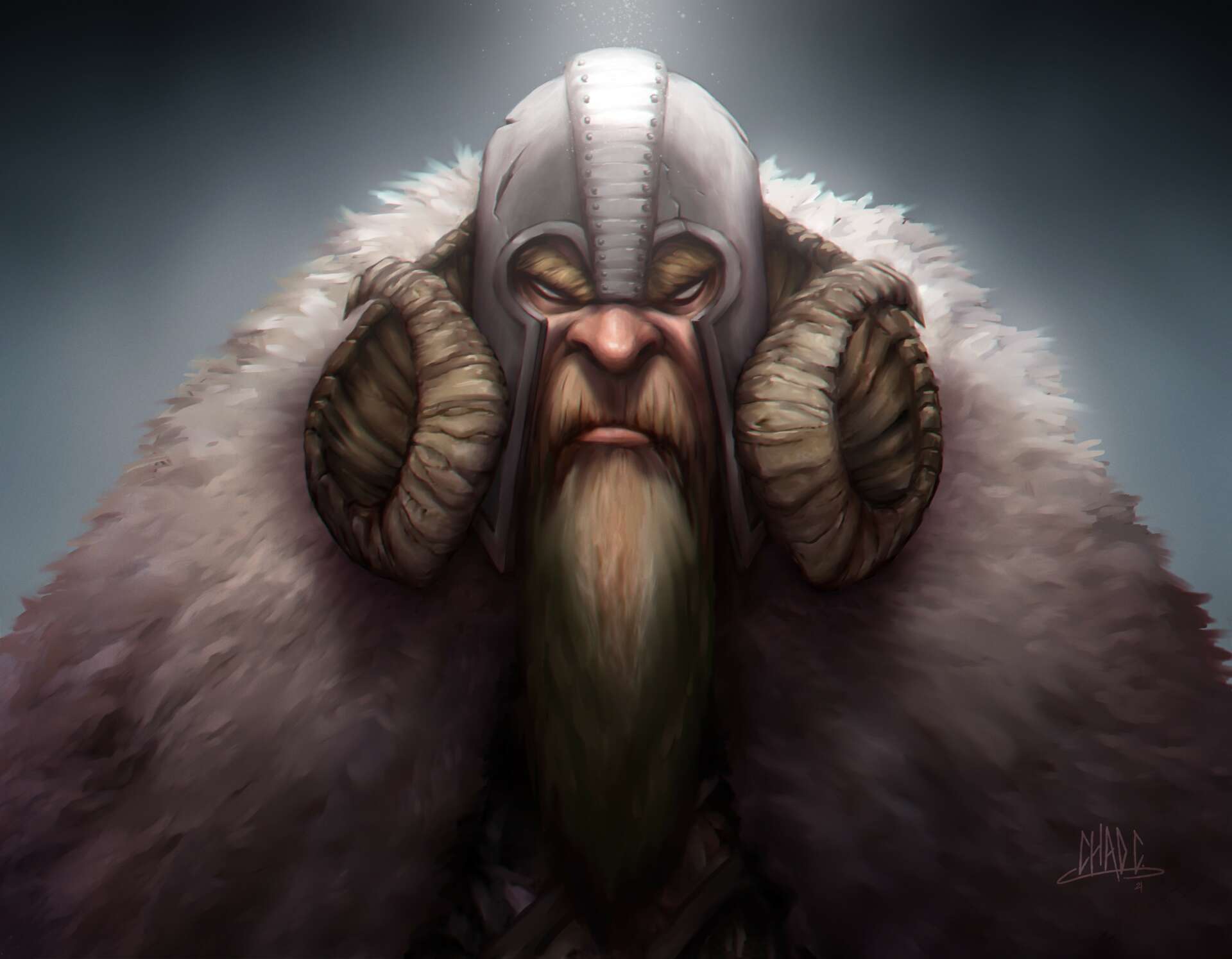
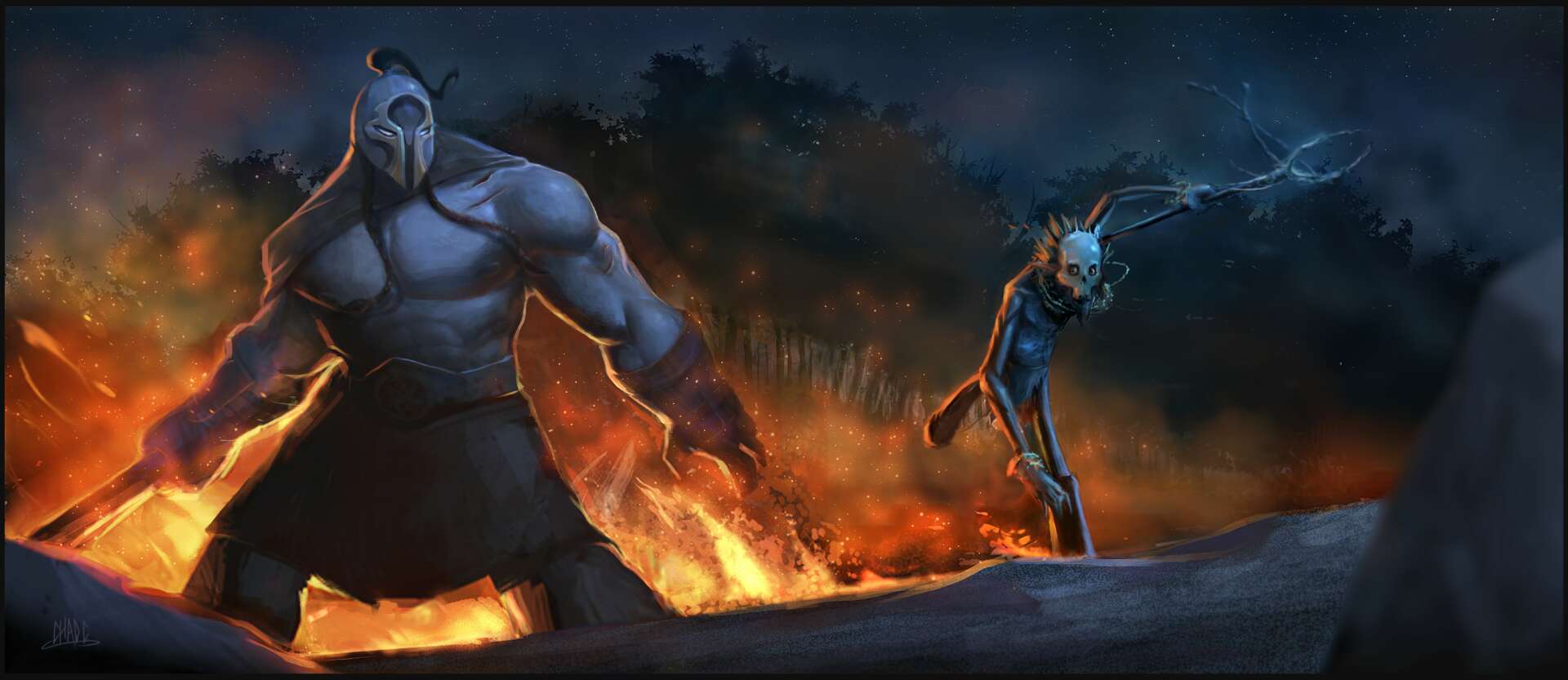
Contact Info:
- Website: www.ChadwickArt.com
- Instagram: https://instagram.com/chadwickjcoleman
- Facebook: https://www.facebook.com/ChadwickColemanArt/
- Linkedin: https://linkedin.com/in/chadwick-j-coleman-b61bb31
- Twitter: https://twitter.com/chadwickcoleman
- Youtube: https://youtube.com/c/ChadwickArt
- Other: ArtStation – https://www.artstation.com/chadwickart IMDB – https://www.imdb.com/name/nm3135799/


